Clinical Examination and Treatment of the Cervical and Upper Thoracic Spine
Learn something now! - Watch the Online CEU Course Trailer
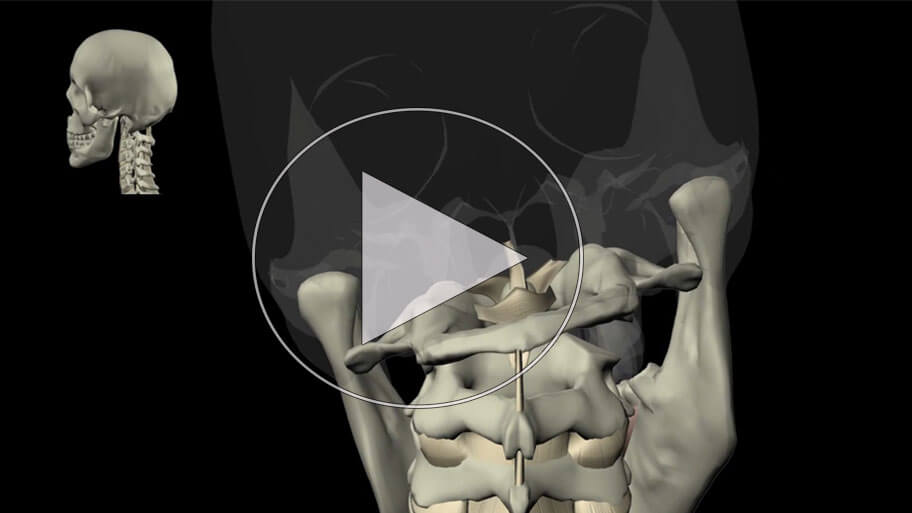
All Access Online CEU for PT, PTA and OT for $189
BEST VALUE - Includes this course and all our online courses
Subscribe Todaytheaters Purchase Now, Instant Online Course Access
Clinical Examination and Treatment of the Cervical and Upper Thoracic Spine
$175.00
- CE Hours: 10.0 hrs, 1.0 CEU
- Delivered: Online
- Instant Online Access to Course Material for 365 days, Videos, Downloadable Course Manual PDF,Online Test and Printable Course Certificate
- No auto-renewal for this option
All Access Online CEU for PT, PTA and OT
$189
All Access Online CEU for PT, PTA and OT Subscription
1 Year Access with Annual Renewal
State specific course completion certificates.
Chat support
Prices are in US dollars- 12 months of access to all online ceu courses, course tests and state approval certificates.
- Meet all your CE requirements. Pre-approved for PT, PTAs in AK, AL, AZ, CA, CO, CT, DC, DE, GA, HI, IA, ID, IL, IN, KS, MA, ME, MI, MO, MS, MT, NC, ND, NE, NH, NM, NV, NY, OR, PA, RI, SC, SD, TN, TX, UT, VA, VT, WA, WI, and WY.
- AOTA approved.
- Designed for Physical Therapists, Occupational Therapists, Athletic Trainers and Assistants.
- Access to future courses and content.
- Start, stop and resume, right where you left off in a course.
- Real patient interviews.
- Medical expert contributors.
- 3D anatomy and medical illustrations.
- Easy to use learning system for fast access to your courses.
- Award winning content.
- Top instructors teaching evidence based skills and techniques.
Why should a physical therapist, or athletic trainer take this cervical and upper thoracic spine continuing education course?
Neck and pain back can be debilitating and lead to loss of work, personal relationships, and quality of life. Millions of people suffer from symptoms such as neck and back pain, cervicogenic headaches, and migraines that can be effectively addressed by a trained physical therapist. Traditional evaluation techniques identify the pathology and treatment accordingly; a more useful classification system has demonstrated streamlined decision making and better results.
Learn the examination and treatment of the cervical and upper thoracic spine using a step by step classification system, which is clinically proven to elicit better functional outcomes.
Rehab clinical tools instructed in this cervical and upper thoracic spine rehabilitation course to enhance your functional outcomes.
- Treatment-based classification to streamline clinical decision making and care planning
- Comprehensive examination techniques and strategies are presented that are supported by research and/or clinical experience
- The most sensible initial treatment techniques, based on the patient’s impairments & symptom behavior
- Intervention strategies covered include high velocity thrust manipulation, therapeutic exercise to improve dynamic stabilization, and directionally–specific exercise
- Exercises for a variety of different patient populations designed to elicit high levels of muscle activation in the target muscles
Specific instruction that will enhance your understanding and ability to deliver better patient care.
- Treatment strategies for patients with arm symptoms, cervicogenic headaches or high-levels of neck pain
- Signs and symptoms of occipito-atlantal or atlanto-axial instability or cervical artery dysfunction that warrant referral to another healthcare provider
Features unique to this cervical and thoracic spine course.
- Video presenting step by step evaluation and treatment techniques based upon the classification system
- Extensive 3D anatomy of the cervical and upper thoracic spine
Professional Accreditation
This is an intermediate level course applicable for PT, PTA, AT. Physical Therapy Accreditation: For specific state information, use the accreditation verification menu and select your state of license. AOTA: provider #4487, Athletic Trainers: BOC provider #P2047, category A. This course has not been submitted for Evidence-Based BOC approval.
fact_check Accreditation Verification
Online CEU Course for PT, PTA, OT State Accreditation
Learn from the Expert - Chris Durall, PT, DPT, SCS, LAT, CSCS

Dr. Chris Durall PT, DPT, SCS, LAT, CSCS is the Director of the Student Health Center Physical Therapy Department and a graduate faculty member at the University of Wisconsin-LaCrosse. A practicing outpatient orthopedic/sports clinician since 1993, Dr. Durall earned Baccalaureate and Advanced Masters degrees in Physical Therapy from UW-LaCrosse, and a Doctorate in physical therapy from Creighton University. He is a graduate of the yearlong Gundersen-Lutheran Sports Physical Therapy Residency program, a board-certified sports physical therapist, a licensed athletic trainer, and a Certified Strength and Conditioning Specialist since 1997. Dr. Durall has authored and co-authored numerous textbook chapters and published research and review articles in PT Magazine, Physiotherapy, the Journal of Manual and Manipulative Therapy, the Journal of Back and Musculoskeletal Rehabilitation, Isokinetics and Exercise Science, the Journal of Sport Rehabilitation, the Strength and Conditioning Journal, Critical Reviews in Physical Medicine and Rehabilitation, and the Journal of Athletic Training.
Course Objectives
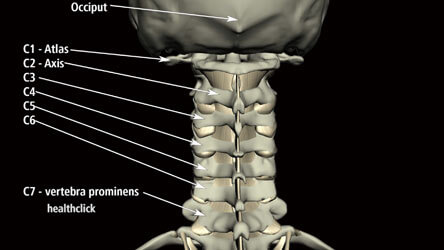
- Describe the functional anatomy of the cervical spine.
- Identify signs and symptoms of occipito-atlantal or atlanto-axial instability or cervical artery dysfunction that warrant referral to another healthcare provider.
- Utilize a treatment-based classification approach to assist with care planning.
- Perform thrust and non-thrust manual therapy techniques to the thoracic spine, 1st rib, and cervical spine.
- Formulate therapeutic exercise programs to improve dynamic stabilization of the cervico-thoracic spine.
- Implement select manual therapy and exercise techniques to manage patients with arm symptoms in association with neck pain.
- Differentiate cervicogenic headaches from other types of headaches.
- Utilize select manual therapy and exercise techniques to manage patients with cervicogenic headaches.
- Employ appropriate intervention strategies for patients with high-levels of neck pain.
Range of Motion
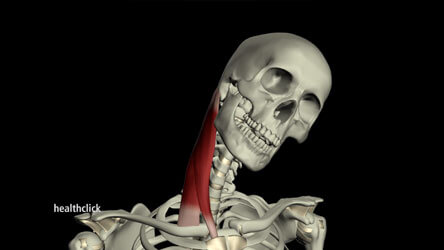
- Using the goniometer
- Cervical flexion and extension
- Cervical lateral flexion
- Cervical rotation
Cervical Active Range of Motion Assessment
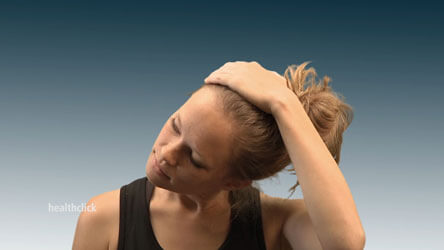
- Cervical flexion
- Cervical extension
- Cervical lateral flexion
- Cervical Rotation
Anterior Cervical Muscle Palpation
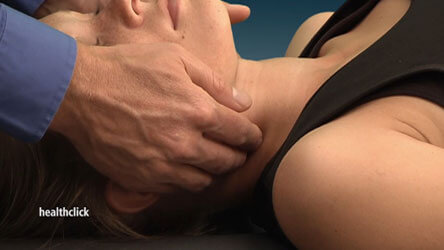
- Sternoclidomastoid
- Scalenes
Posterior Cervico-Thoracic Muscle Palpation
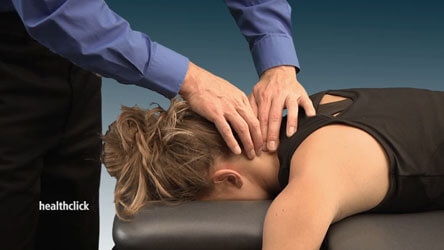
- Levator Scapula
- Upper trapezius
- Cervical paraspinals
- Suboccipitals
- Thoracic paraspinals
Cervical Spine Manual Muscle Screen
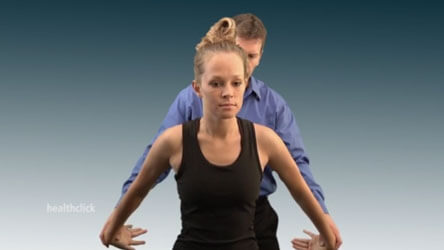
- Neck flexors
- Neck Extensors
- Lateral flexors
- Rotation
Cervical Flexor Muscle Screening
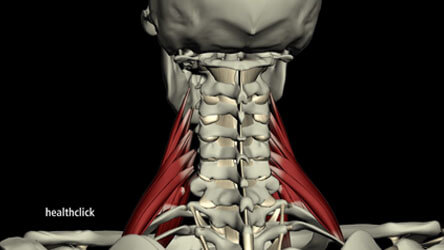
- Deep cervical flexor muscles
- Deep neck flexor muscle endurance test
- Carniocervical flexion conditioning exercise
Cervical Tests (arterial, instability, compression)
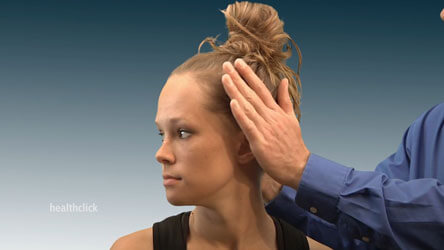
- Deklyen’s test
Atlantal Axial Instability
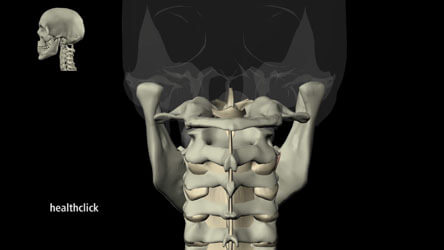
- Sharp Purser Maneuver
- Axial Compression
- Spurling A Test
- Axial Distraction test
Upper Limb Tension Screening
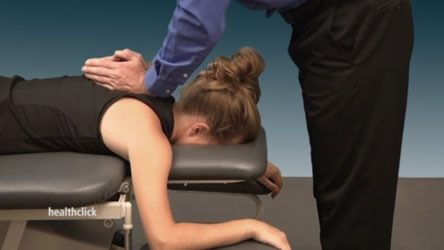
- Assessing Nerve tissue tension tolerance
- Radial nerve
- Ulnar nerve
- Median nerve
Mobility Testing - Assessment
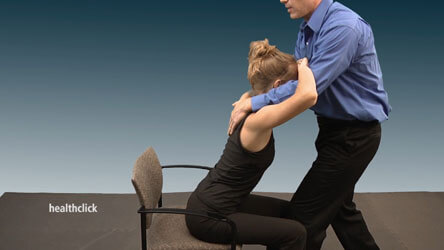
- Occipito-Atlantal Flexion Assessment
- Flexion-rotation test of Atlantal-Axial Mobility
- Cervical lateral glide assessment
- Cervical Downslide Mobilization for C2-C7
- Cervical Upslide for C2-C7
- Thoracic Spine extension mobility assessment in Prone
- Posterior-Anterior Spring Testing of the cervical and thoracic Spine
- Pectoralis minor passive stretch
- Cervical Rotation lateral flexion test for 1st Rib Dysfunction
- 1st Rib Caudal Glide Assessment in Supine
Treatment Therapeutic Exercises
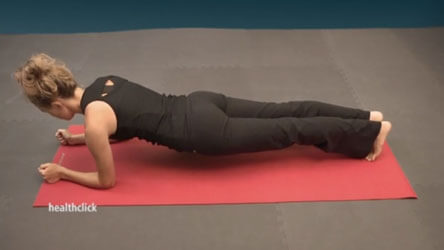
- Self stretch anterior and middle scalenes
- Self stetch posterior scalenes
- Self Stretch Sternocleidomastoid
- Self Stretch Levator Scapula
- Thoracic extension with foam roller
- Self stretching of pectorails minor using a foam roll
- Cervical rotation on a partially inflated ball
- Cervical flexion and extension on a partially inflated ball
- Cervical rotation self-mobilization using a strap
- Cervical rotation self-mobilization using fingers
- Prone plank/bridge for the trunk flexors
- Sideplank/bridge for the trunk lateral flexors
- Quadriped arm and opposite leg lifts
- Cervical rotation exercise in prone
- Craniocervical flexion conditioning exercise
- Isometric exercise for cervical extensors using and elastic band
- Isometric exercise for cervical lateral flexors using and elastic band/cord
- Exercises to improve postural control
- Exercises to improve occulomotor control
- Headlamp targeting to improve neck repositioning and acuity
- Horizontal abduction of the shoulders at 90 degrees abduction in prone
- Shoulder extension in prone
- Sidelying shoulder flexion
- Bilateral shoulder external rotation in Neutral using elastic band/cord
- Shoulder external rotation in prone at 90 degrees abduction
- Shoulder horizontal abduction at 120 degrees
- Prone rowing
- Cervical and thoracic extension in prone
Treatment Manual Techniques
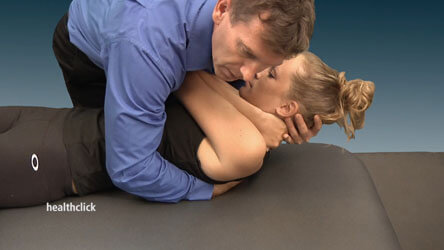
- High velocity, small amplitude thrust manipulation of the cervical-thoracic junction
- High velocity, small amplitude thrust manipulation of the middle thoracic spine in supine-spine model demo
- High velocity, small amplitude thrust manipulation of the middle thoracic spine in supine
- High velocity, small amplitude thrust manipulation of the upper thoracic spine in supine-spine model
- High velocity, small amplitude thrust manipulation of the upper thoracic spine in supine
- High velocity, small amplitude thrust manipulation of the thoracic spine in prone
- Thoracic extension mobilization in sitting technique 1
- Thoracic extension mobilization in sitting technique 2
- 1st Rib mobilization in supine
- Pectoralis minor manual stretching anterior view
- Pectorails minor manual stretching technique from posterior
- Cervical retraction mobilization in sidelying
- Cervical downslide mobilization for C2-C7
- Cervical upslide mobilization for C2-C7
- Cervical lateral glide mobilization
- Median Nerve gliding mobilization using cervical and lateral glide
- Median Nerve tensioning using cervical lateral glide
- Cervical extension dynamic mobilization
- Manual Cervical Distraction using forearm pronation
- Muscle energy technique to increase cervical rotation
- Anterior mobilization of C2 for cevicogenic headaches
Course Test - Evaluate your knowledge

- Use the Healthclick proprietary online education system which provides the online student with:
- Worldwide access to high definition video, anatomical animations and images, and written information
- The highest quality film in the industry, you can see the difference!
- Stop and resume within a course, the Healthclick system will optimize your course based on your device, connection and remembers where you left off.
- Real-time course updates. We are always adding to each courses, updating content, adding animations, these are not static courses!
- Evaluate your knowledge with the course test on any device.
- Print your state course certificate for CE credit.
- Take the online test as many times as need in order to achieve a 70 % or greater score.
Responsible CME® - Online CEU Course Testimonials
67.225.255.111I learned a few new mobilization techniques. -- Jennifer, PT
This was a good treatment based course with a good review of mechanics and relevant anatomy. -- Lindsay, PT
Good course, lots of information on headaches, which we see a lot at our clinic. -- Jessica, PT
This course is very relevant to the practice of physical therapy. I took this course as a refresher to insure my knowledge base is consistent with current acceptable practices. -- Robert, PT
Chris had great video of all hands on techniques that I could easily see positions and he also described hand positions, etc. Very good course. -- Sally, PT
Course was a great review of the C/S & T/S biomechanics. Treatment techniques offered can be applied right away to my patients. Thank you! -- Christina C., PT